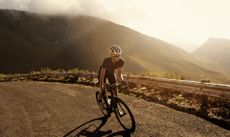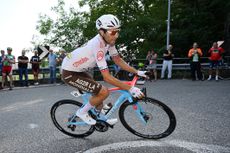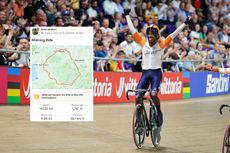Strava analyzed all our activities and found that boomers bike, Gen Z likes the party pace and we’re all held back by work
Strava’s Year in Sport takes an analytical deep dive into the habits of 120 million athletes world wide. Where do you fit in?
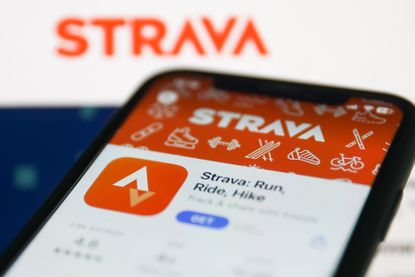
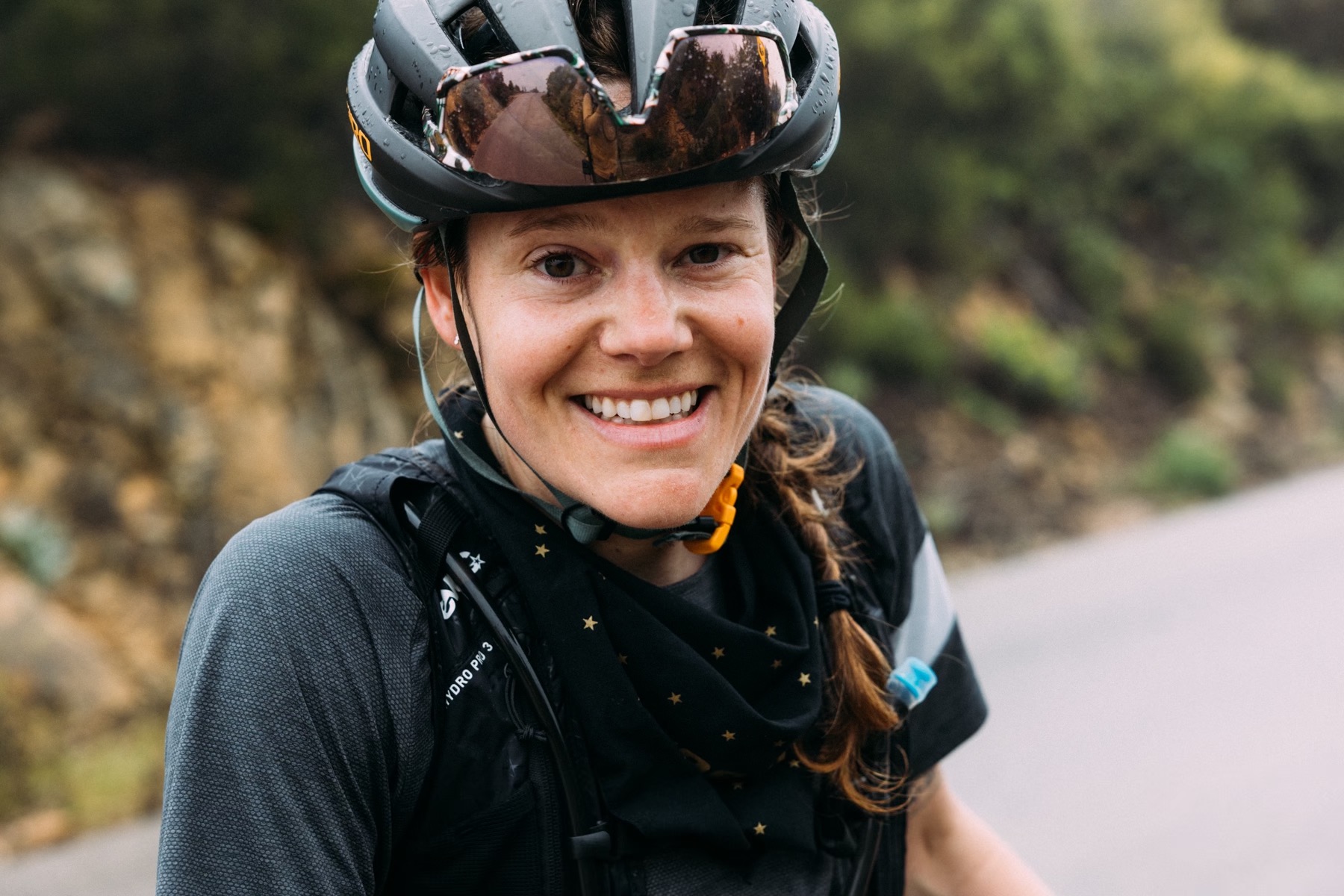
Today, Strava released its annual Year in Sport report, highlighting the global trends among active people.
For its report, Strava took a deep analytical dive into the billions of activities uploaded by its 120 million users between October 1, 2022, and September 30, 2023. Strava took a particular interest in what motivates active people and supplemented its activity data with a survey of 6,990 active people – both users and nonusers of the Strava platform.
General Trends
The report, available here, shows a global trend toward all things unpaved, be it trail running or gravel riding; social connections trending as the biggest motivator to exercise; and conversely, work-related time constraints is why we don’t exercise more.
Some standout stats:
- Over half of Strava athletes say they’re most motivated by friends or family members who exercise; and 77% of Gen Z athletes say they feel more connected to others when seeing their friends or family’s activities on Strava.
- Celebrities and influencers ranked as the lowest of motivators – even for Gen Z and Millennials.
- Pets are a great motivator to get moving: 76% of Strava athletes with pets say their furry friends helped them get out the door when they wouldn’t go otherwise
- Hurdles to workout routines come in the form of work, with two-thirds of Strava athletes globally and 70% of US Strava athletes stating that a lack of time due to work is a top barrier to working out.
- Climate change also has its impacts on workout routines, with 75% of athletes on Strava stating that extreme heat affected their exercise plans in 2023 – and poor air quality affected 27%.
- There was a 55% increase globally in Strava athletes uploading gravel rides.
- 84% of athletes on Strava globally (and 87% of athletes on Strava in the U.S) say exercise –even solo– helps them combat loneliness.

Generational Differences
Strava categorized its findings by generation, so as a reminder, here are the age ranges for the mentioned generations.
Boomers: age 57-75
Gen X: age 43-56
Millennials, a.k.a Gen Y: age 27-42
Gen Z: age 11-26
Being the youngest age group mentioned, it is no surprise that Gen Z athletes are globally the least likely to exercise for health alone and most likely to exercise in the pursuit of athletic performance. Gen Z athletes uploaded the fastest median run and ride speeds, though in the U.S., Gen Z logged the fastest runs but slowest rides – and their runs and rides were also the shortest.
Globally, the median speed and distance of rides uploaded by Gen Z users was 14 miles with a pace of 12.9mph. Boomers, however, had a median distance of 20.9 miles at a pace of 12.6mph.
Perhaps, Gen Z’s shorter rides is due to their embracing of bike commuting. Globally, Gen Z users make up 17% of Strava bike commuters, which is an 8% increase from five years ago. In the U.S., 18% of bike commuters on Strava were Gen Z, up from 9% five years ago.
The dominant share of bike commuters were Millennials.
In 2023, Boomers were twice as likely to upload rides than runs, whereas Gen Z users were the opposite.
Check out the report here.

Thank you for reading 20 articles this month* Join now for unlimited access
Enjoy your first month for just £1 / $1 / €1
*Read 5 free articles per month without a subscription

Join now for unlimited access
Try first month for just £1 / $1 / €1
Get The Leadout Newsletter
The latest race content, interviews, features, reviews and expert buying guides, direct to your inbox!

Cycling Weekly's North American Editor, Anne-Marije Rook is old school. She holds a degree in journalism and started out as a newspaper reporter — in print! She can even be seen bringing a pen and notepad to the press conference.
Originally from The Netherlands, she grew up a bike commuter and didn't find bike racing until her early twenties when living in Seattle, Washington. Strengthened by the many miles spent darting around Seattle's hilly streets on a steel single speed, Rook's progression in the sport was a quick one. As she competed at the elite level, her journalism career followed, and soon she became a full-time cycling journalist. She's now been a cycling journalist for 11 years.
-
 2024 should be the year of achievable cycling goals
2024 should be the year of achievable cycling goalsDon’t overstretch yourself or push too hard, but aim for targets you can hit
By Adam Becket Published
-
 Larry Warbasse claims what could be the world's toughest Strava KOM
Larry Warbasse claims what could be the world's toughest Strava KOMThe 89.5km Mauna Kea climb in Hawaii rises from sea-level to 4,214 metres with steep gravel sections on the way
By James Shrubsall Published
-
 Strava appoints YouTube exec as new CEO hopes to 'take it to the next level'
Strava appoints YouTube exec as new CEO hopes to 'take it to the next level'Michael Martin will lead the exercise app from 2 January 2024
By Tom Davidson Published
-
 Strava introduces messaging
Strava introduces messagingThe activity-tracking app can now be used to chat to your fellow cyclists and runners
By Adam Becket Published
-
 ‘I’m in serious danger’ - Alpe d’Huez QOM holder reacts to climb’s Tour de France Femmes inclusion
‘I’m in serious danger’ - Alpe d’Huez QOM holder reacts to climb’s Tour de France Femmes inclusionIlli Gardner has the best time on over 8,000 Strava climb segments
By Tom Davidson Published
-
 American cyclist sets Strava art Guinness World Record with a 983-mile Latin cross
American cyclist sets Strava art Guinness World Record with a 983-mile Latin crossThe Guinness World Record attempt will traverse three state lines and is expected to take seven days to finish
By Kristin Jenny Published
-
 French tandem pair set new Strava art world record with 2,000-kilometre heart
French tandem pair set new Strava art world record with 2,000-kilometre heartThe drawing took a father and his daughter 15 days to complete
By Tom Davidson Published
-
 Meet the cyclist who logged a six-hour training ride - without telling his coach - before winning World Championships
Meet the cyclist who logged a six-hour training ride - without telling his coach - before winning World ChampionshipsDaniel Abraham Gebru refuses to miss training days, even when he has a race
By Tom Davidson Published
-
 Strava's global heatmap could reveal the location of your home, according to researchers
Strava's global heatmap could reveal the location of your home, according to researchersFindings suggest setting your account to private mode does not mean your Strava data is private, although it is easily turned off
By Tom Thewlis Published
-
 Hackers can find your home on Strava even if you use privacy settings, researchers find
Hackers can find your home on Strava even if you use privacy settings, researchers findBelgian study shows "protected zones" can still be accessed by hackers 85% of the time
By Adam Becket Published
